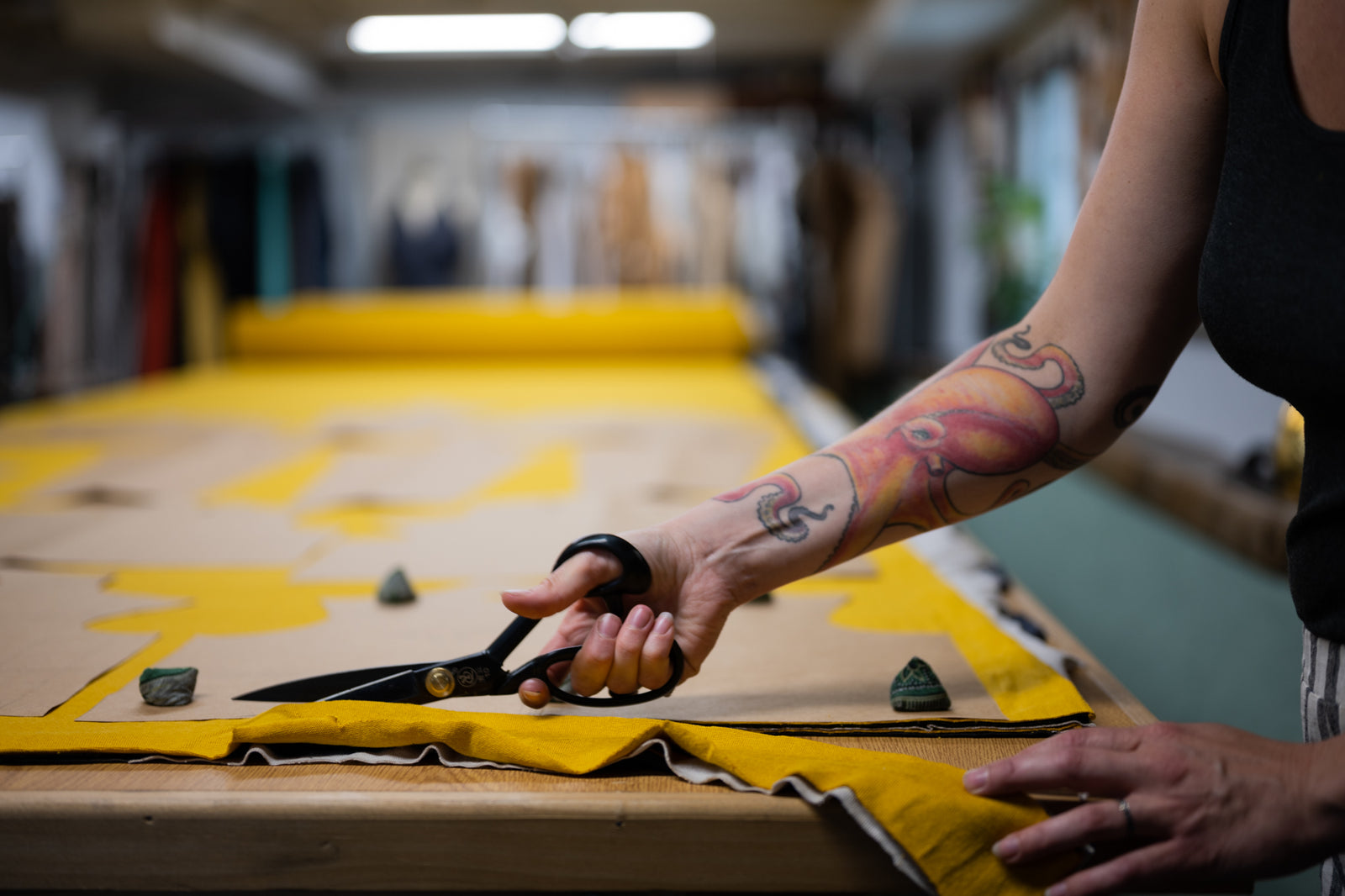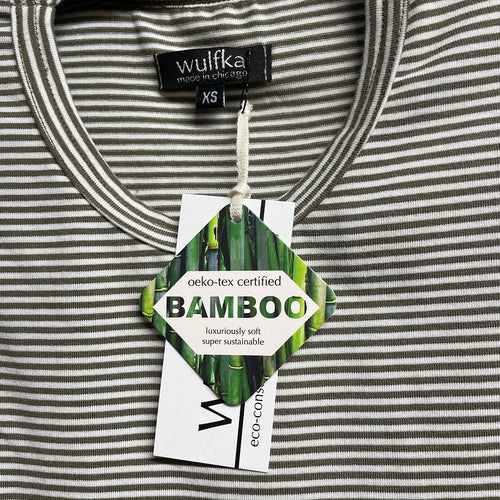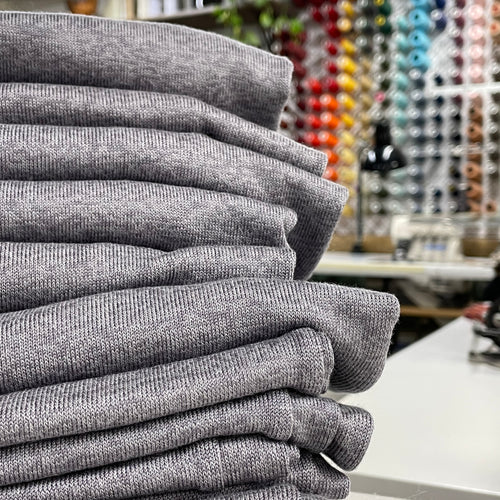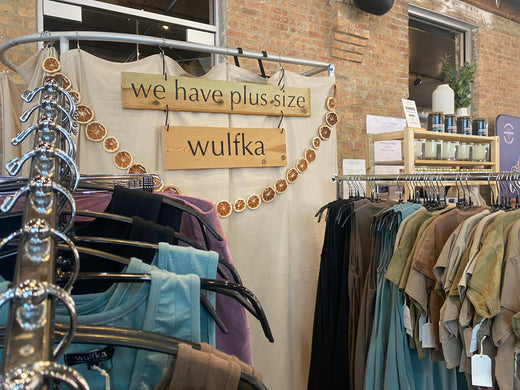Sustainable Fashion: Fabric Science Basics

Originally posted March 11, 2021
I want to start a nuanced conversation with you about sustainability in fashion, but first we need to lay a foundation of fabric science basics. That's right, Fabric Science. Didn't know there was enough science in humble old fabric to fill a whole field? Buckle up baby, because I love this stuff and I'm so excited to bring you into my world!
Fabric is made of woven yarns. Yarns are made of spun fibers. (I told you. Basics.)
There are three basic fiber types: Cellulosic (made from plants), Protein (made from animals), and Synthetic (made from petroleum--AKA plastic). Here's a quick cheat sheet:

You're wracking your brains right now, aren't you? You're thinking that there must be more kinds of fiber. You could make an argument for minerals. We know about royal robes embroidered with gold, or industrial fabrics like fiberglass insulation, but since you are neither a 14th century monarch nor a construction site, let's stick to the basics, shall we?

A delightful historic example of mineral fibers is the asbestos napkins exported from Persia to the Roman Empire about 500-600 AD. Wealthy Romans would amaze dinner guests by tossing the dirty napkins into a fire and pulling them out perfectly clean and completely unsinged! Such a captivating party trick! Almost worth daubing your mouth with toxic fibers that are slowly scarring your lung tissue!
Distinguishing fiber type is important because all fibers in a category have a similar chemical makeup, and therefore interact with water (what we mean by "breathability"), absorb dye, and decompose like its family members.
When weaving or knitting fibers into fabric, there are three stages at which the sustainable choice can be made:

These stages highlight an important distinction because most "eco-friendly" brands only focus on one and gloss over the other two. For example, a fabric can be made of organic cotton (Acquisition), use toxic chemicals in its dyeing process that are dumped into rivers in Bangladesh (Processing), and still be called Organic.
Sounds misleading, right?
I'll refer back to this post in the future when we talk more in-depth about breathability, biosynthetic fibers, and whatever other topics become relevant. In the meantime, let me leave you with my simple sustainable fashion mantra:
"Buy less. Choose well. Take care of what you have."




